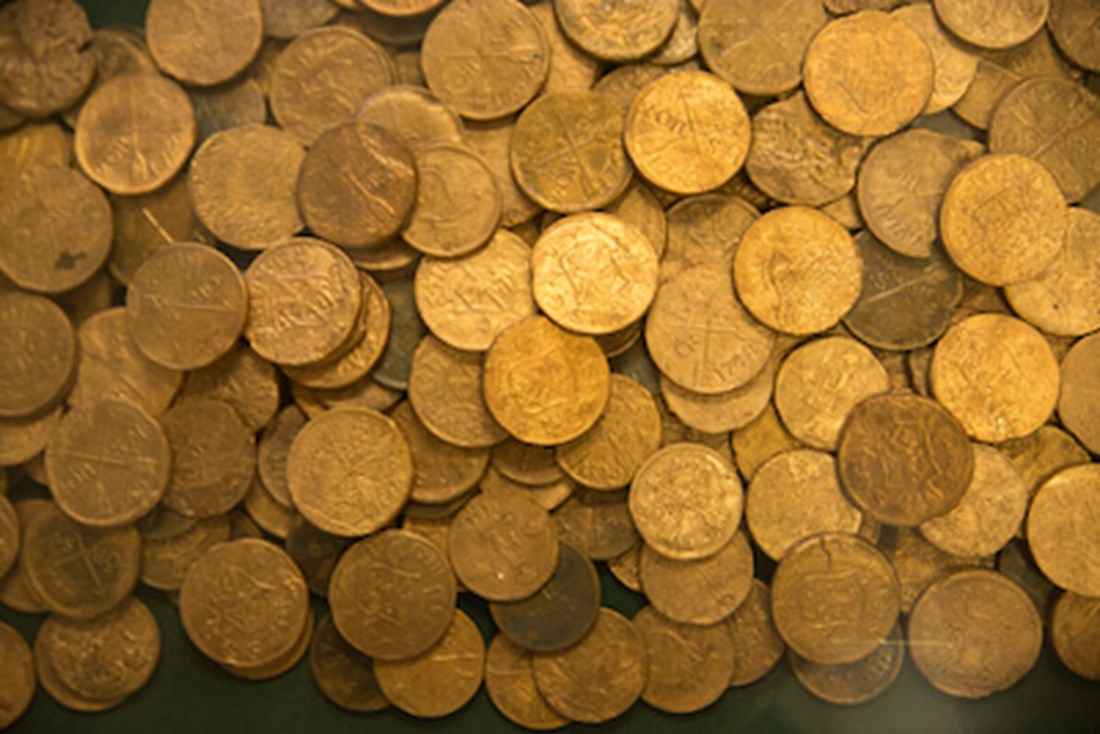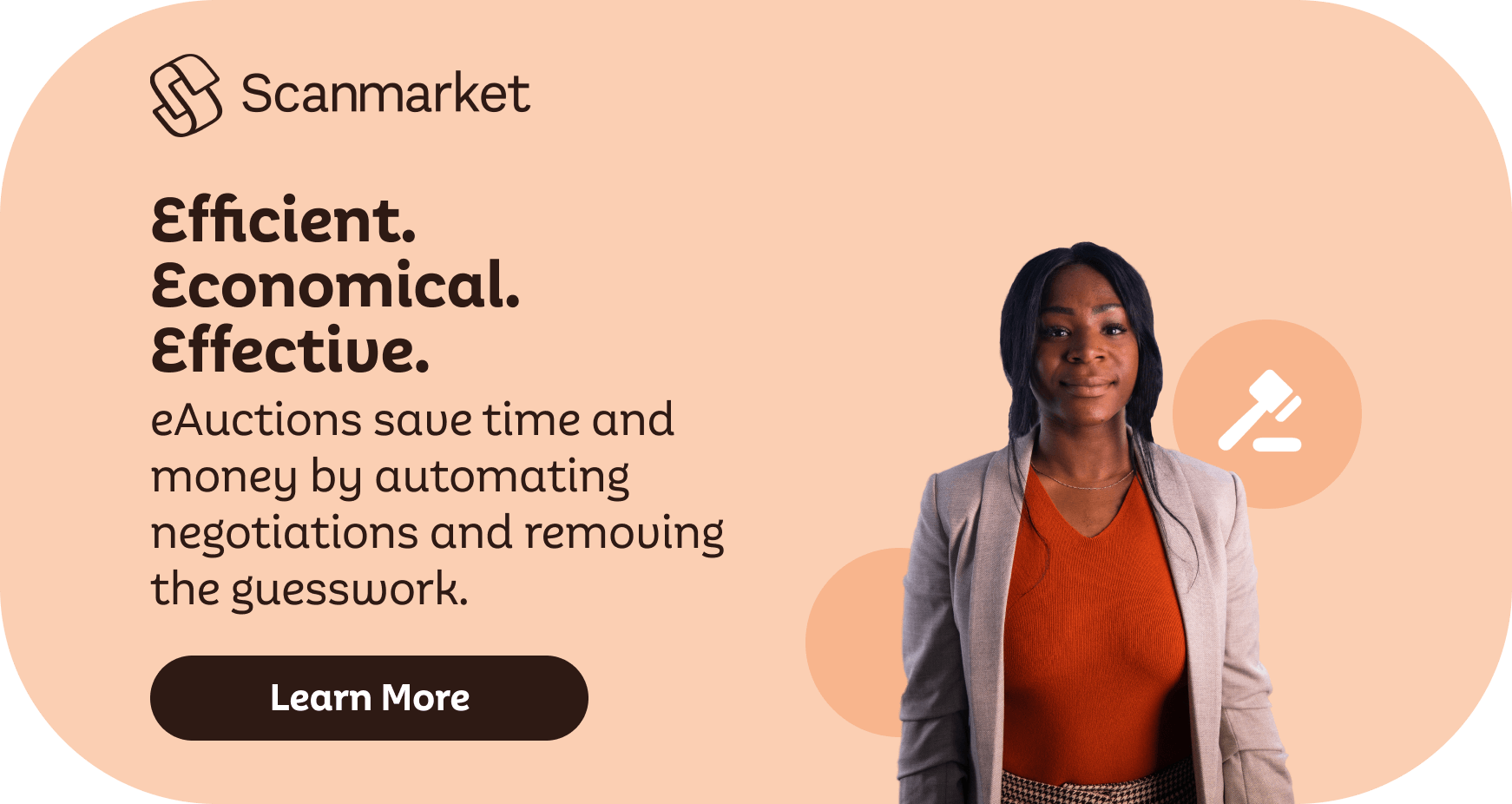Over the centuries, the lure of treasure has piqued man’s curiosity and launched a thousand ships. During the Age of Discovery, European monarchies sponsored voyages resulting in the creation of the international trade routes still in use today. The ensuing process of colonialism has had many poor outcomes which should not be overlooked; however, inter-state trade routes ultimately facilitated the diversification of populations and cultural exchange as multicultural communities started to emerge from this time.
Historically, currencies have always been in a state of change.
Trade blocs have since affected the ways in which different nations identify with currencies. According to the latest Parlemeter Survey, 75% of Germans and 64% of French citizens consider themselves European (meanwhile, just 36% of Britons consider themselves European, which may partially explain their exit from the EU). International currencies also have the effect of being much more liquid, as the cost of exchange is removed, so transactions are much more efficient.
A history lesson on currency.
As a Dane, I’m always interested in stories that reveal more about my ancestors. When people think of Denmark, they generally think of two things – Lego and Vikings. While Lego’s global reach is apparent, the Viking era isn’t really seen as synonymous with ‘the international.’
However, Vikings – and especially their hoards – are observably global. Discovered in 2007, the Vale of York Hoard features 617 silver coins from Asia, Afghanistan, Russia, Scandinavia and North Africa. Other discoveries have included coinage from Persia, Germany, Ireland, England, Hungary, Italy, Uzbekistan and the Czech Republic.

The purpose of hoards is frequently debated – some historians postulate that wealth was buried in order to hide it from raiders, while others hypothesise that they were an ostentatious display of wealth. Regardless, the variety of currencies found buried offers insight into just how internationally Vikings ranged and how many different cultures enjoyed contact with them.
It’s all about the money.
Although coinage appears to have been introduced around the 5th or 6th Century BCE as a means of replacing bartering, there is much speculation about when the first coin was minted. According to Aristotle, the first coins were minted by Demodike of Kyrme, the wife of King Midas of Phrygia, though numismatists generally agree that the first coins were minted on the Greek Island of Aegina, either by the local rulers or by king Pheidon of Argos.
Meanwhile, the money in your pocket becomes more and more virtual.
Even then – and especially in the current pandemic – physical cash is in the process of rapid de-circulation. Schumpeter once said that “Creative Destruction is the essential fact about capitalism” and money itself is no exception. We are now witnessing the creative destruction of physical money in its entirety. In the ‘Tap and Go’ age, money is not buried, but is channelled through our wallets and phones. Furthermore, challenger banks like Monzo have experienced phenomenal growth by waiving foreign cash withdrawal fees; they are expected to reach more than 5m users by the new year. I am sure that the average Viking – trading in hacksilver and voyaging for wealth – would be shocked to find that wealth can be stored, traded or spent from a card or phone.
As money moves from physical cash to digital currency, it’s our job to adapt.
Which brings me neatly to my final thought. It’s the responsibility of producers to digitally transform. Digital cash and de-manned production processes have massive implications for improving inter-business efficiency, all while reducing the scope for human error. In the current context, sectors which have displayed digital maturity are the ones which have recovered from the pandemic most effectively. Maybe, then, it’s time for us to quit burying our treasure and digitize instead.













